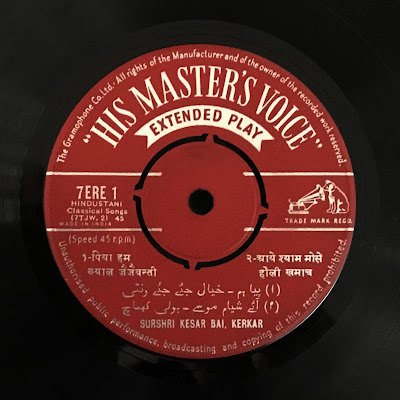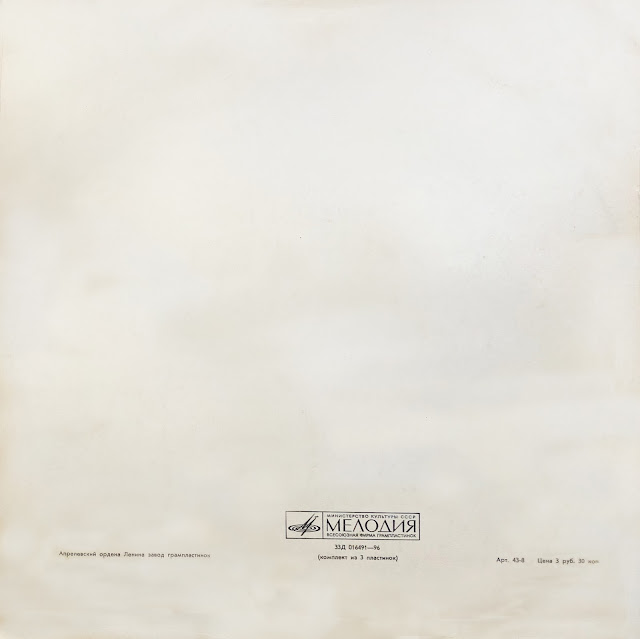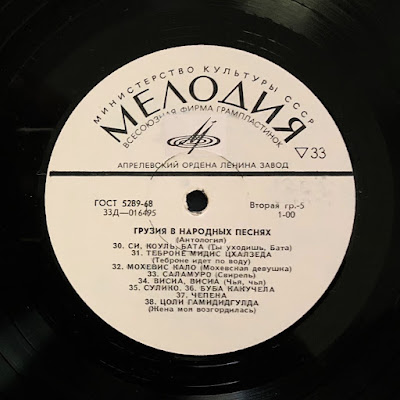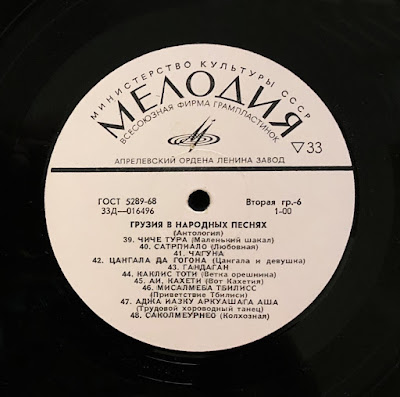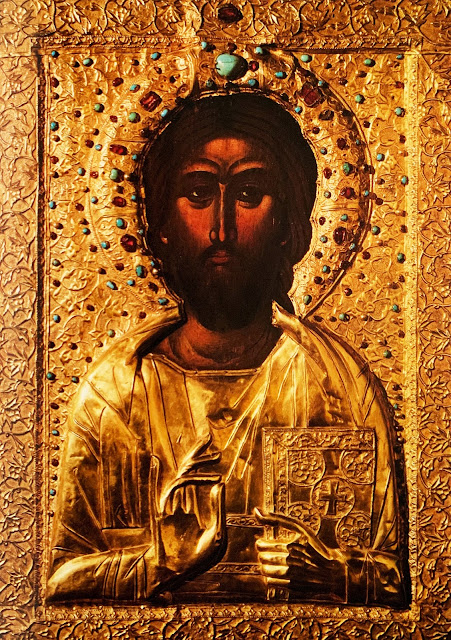INDIA – INDE
Kesarbai Kerkar – His Master's Voice – 7ERE 1 (7 inch, 45 RPM)
The legendary Kesarbai Kerkar, or Kesar Bai Kerkar, (1892–1977) was one of the greatest and most influential Hindustani singers of the 20th century. Born into a family of musicians in the village of Keri in Goa, she embraced music at an early age and was tutored by Abdul Karim Khan (1872-1937) in Kolhapurat. She moved to Mumbai with her family and subsequently trained with various notable teachers, including Bhaskarbuwa Bakhale (1869-1922) and Ramkrishnabuwa Vaze (1871-1945).
In 1921, Alladiya Khan (1855–1946), the demanding founder of the Jaipur-Atrauli Gharana, accepted her as his disciple. Kerkar began singing professionally in 1930 and achieved fame throughout India. Along with luminaries like Mogubai Kurdikar (1904-2001), Hirabai Barodekar (1905-1989) and Gangubai Hangal (1913-2009), she paved the way for the new generation of female Khayal vocalists.
Kerkar was committed to striving for perfection through hard work, total dedication, and an uncompromising attitude: She declined to sing light classical music and refused to use any amplification or be recorded live. She resolutely shunned the limelight, remaining true to tradition by performing mostly in courts and rarely gave public performances. She retired in 1964, in her seventies, when she realized her voice was deteriorating and left only a few recordings for posterity. Her death in 1977 went almost unnoticed. Despite her indelible influence and the profound respect of her distinguished peers–from Siddheswari Devi (1908-1977) and M.S. Subbalakshmi (1916-2004) to Begum Akhtar (1914-1974) and Bimsen Joshi (1922-2011)–this musician’s musician is little known outside the circle of connoisseurs.
These four tracks on this rare 45 RPM released in the early 1960s exemplify Kerkar’s power, sensuality, clarity, balance and masterful precision. "The yogini of music," as she was affectionately called by her admirers, brilliantly expressed the humanity, reflective intellect, sense of the sacred, and lofty dignity of a bygone era.
La légendaire Kesarbai Kerkar, ou Kesar Bai Kerkar (1892-1977), fut l'une des plus grandes chanteuses Hindustani du XXe siècle. Née dans une famille de musiciens dans le village de Keri à Goa, elle se dévoue dès son plus jeune âge à la musique et reçoit même pendant plusieurs mois des leçons d’Abdul Karim Khan (1872-1937) à Kolhapurat. Elle déménage ensuite à Mumbai avec sa famille et poursuit son apprentissage auprès de divers grands maîtres, notamment Bhaskarbuwa Bakhale (1869-1922) et Ramkrishnabuwa Vaze (1871-1945).
En 1921, l'exigeant Alladiya Khan (1855-1946), le fondateur du Jaipur-Atrauli Gharana, l'accepta comme son disciple. Kerkar commence à chanter professionnellement à partir de 1930 et acquiert peu à peu une grande renommée dans toute l'Inde. Aux côtés d’autres grandes figures du chant telles Mogubai Kurdikar (1904-2001), Hirabai Barodekar (1905-1989) et Gangubai Hangal (1913-2009), elle ouvre la voie à la nouvelle génération de chanteuses de Khayal.
Kesarbai Kerkar recherche perpétuellement la perfection par son travail acharné et un dévouement total sans aucune compromission: elle refusa de chanter de la musique classique légère, d'utiliser de amplification ou d'être enregistrée en direct. Elle n’aime résolument pas être sous les feux de la rampe, et, suivant la tradition, chante principalement dans les cours des maharajas et donne rarement des récitals publiques. Elle prend sa retraite en 1964, lorsqu’elle réalisa que sa voix se détériorait, et n’a laissé qu'un nombre limité d'enregistrements pour la postérité. Sa mort en 1977 est passée presque inaperçue. En dépit de son influence majeure et du profond respect témoigné par ses pairs – de Siddheswari Devi (1908-1977) à M.S. Subbalakshmi (1916-2004), et Begum Akhtar (1914-1974) à Bimsen Joshi (1922-2011) – sa musique reste peu connue en dehors du cercle des initiés.
Ces quatres pistes sur ce 45 tours rare, publié au début des années 1960, illustrent bien la puissance, la sensualité, la clarté, l’équilibre et la précision magistrale de Kerkar. « La yogini de la musique », comme l'appelaient affectueusement ses admirateurs, exprima avec brio l'humanité, la sensibilité, le sens du sacré et la noble plénitude d'une époque révolue.
Hirabai Barodekar – HMV 7 EPE 1205 here
Hirabai Barodekar and Saraswati Rane – ECLP 2356 here
Sulochana Brahaspati – Concert Series by Midas here
The Great Tradition – Masters of Music – HMV EALP 1453/1452 here
Mirabai (also Mira Bai or Meera Bai) playing the veena, Kangra painting, Himachal Pradesh, c. mid-18th century:
Sant Mirabai (1498-1547) was a princess from the Kingdom of Marwar in present day Rajastan, who became a devotee of Lord Krishna and the most famous female poet-saint of the Bhakti movement. Her devotional bhajans are still popular in India and the many tales and legends shrouded in mystery surrounding her life continue to fascinate and inspire to this day.
Please help me purchase important traditional records to pursue my global
curation project and share the best finds with you on this blog:



